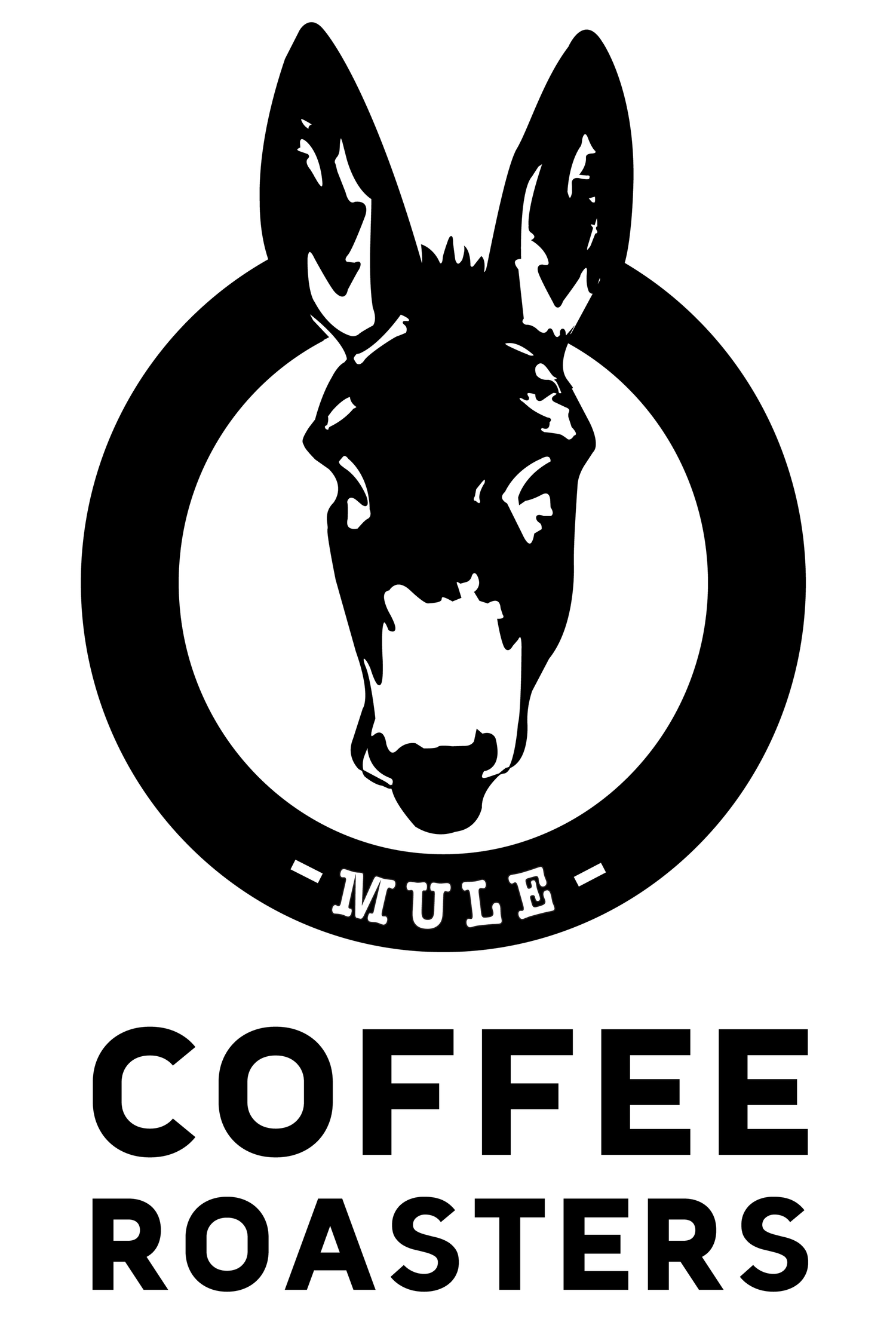Coffee, A World As Deep As The Ocean And As Colourful As A Rainbow
When I was given the opportunity to write this blog I couldn’t stop thinking in the boy that used to drink instant coffee thinking that our choices were limited by the kind of blend in the label. As any other developing country, in Colombia we were drinking the left overs, all the beans that were not suitable for exportation. Still we loved coffee and sure one could differentiate from a well prepared cup from an average or even undrinkable one… nothing that couldn’t be fixed with 2 or 3 cubes of sugar (still remember those?)
The Industry has come a long way to the times of Specialty Coffee, something we cannot take by granted as the coffee world faces some big challenges ahead. Generally speaking we could say there are 2 families of coffee beans: Robusta and Arabica. Robusta is mostly used for instant coffee or as a source of caffeine and other sub-products that can be extracted from it. This is due to its higher levels of caffeine which also gives it a substantial bitter taste to that compared to the Arabica bean, if they were to be roasted equally. Arabica in the other hand is like the Royal Family, is elegant and has a wider flavor gamut as a result of a constant evolution and adaptation to different terroirs.
If we were to dig-in in the Arabica family, then we would end up writing a book. So to keep it simple let’s just focus in the fact that every Country that produces Arabica beans does offers more than one varietal, and in many cases is this varietal what determines the kind of cup one will get. Then, in order to achieve a higher score in the cup, the farmer may decide to pick a specific varietal. But that is just the beginning as the place, the altitude and the way the coffee is processed may change the result substantially. The most popular processing methods we know are: Washed, Honey and Natural but we are not limited to it as there are many other experimental methods that are taking the specialty coffee scene as the next trends to follow.
Once a coffee is being picked and processed it is in the hands of the coffee roster to unlock those flavors trapped inside the bean and make sure they are kept “intact” –as much as possible-. It wouldn’t be too crazy to say that a light roast is basically designed to expose the most delicate notes of the bean and is most probably better for alternative brewing methods (V60, Aeropress, Chemex, Syphon, French Press, Stovetop and Cold drippers). A medium roast targets the espresso machine. A more intense extraction where one still wants to preserve as many original notes as possible and still being able to balance the acidity, sourness, body and bitterness that will work fine as a black coffee or as milk based coffee. A dark roast, in our opinion, shouldn’t be included as an option in the Specialty Coffee game as this is a technique used for many players to hide the defects of the beans.
Another factor to decide how a bean is roasted could be the processing method. Washed coffees are the more commons ones as is a standard adopted for most of the coffee farmers around the world. The coffee is picked, the skin and pulp are washed out, and the bean inside the coffee cherry is dried out until reaching the optimal humidity. Honeys and naturals are both fermentation techniques designed to trap the sweetness of the pulp and give the final bean a more elegant and delicate taste. In the first one only the skin is taken out leaving the pulp around the bean. For the Naturals neither the pulp nor the skin are removed before the drying process. It is for this reason that many of the specialty coffee roaster choose to go for a light or medium light roast when working with Honey and Naturals as they are fully packed of sweeter and delicate flavours.
As one begging to explore this deep world of choices the more you try the closer you get with your perfect cup of coffee. For some a Washed Medium Roast is perfect as they loved the intensity of a coffee espresso, for others a Light Roasted Honey is best for they Pour Overs as they opt to perform the full coffee ritual and have develop a pallet to appreciate the different layers it has to offer. That was the reason why we brought to you the now finished Diofanor’ Trilogy: same bean processed under the 3 different methods. Amazing, wasn’t it?
This month we launched La Bomba , a Medium Light Roasted coffee. Cesar Buesaquillo is the farmer behind this amazing single origin and after experimenting different ways to improve his cup he developed his own processing technique: A Washed extended fermentation process. This coffee has been roasted medium light so it can be versatile to perform as an espresso or black coffee, and still giving an impressive cup when enjoyed with your preferred alternative brewing method.

